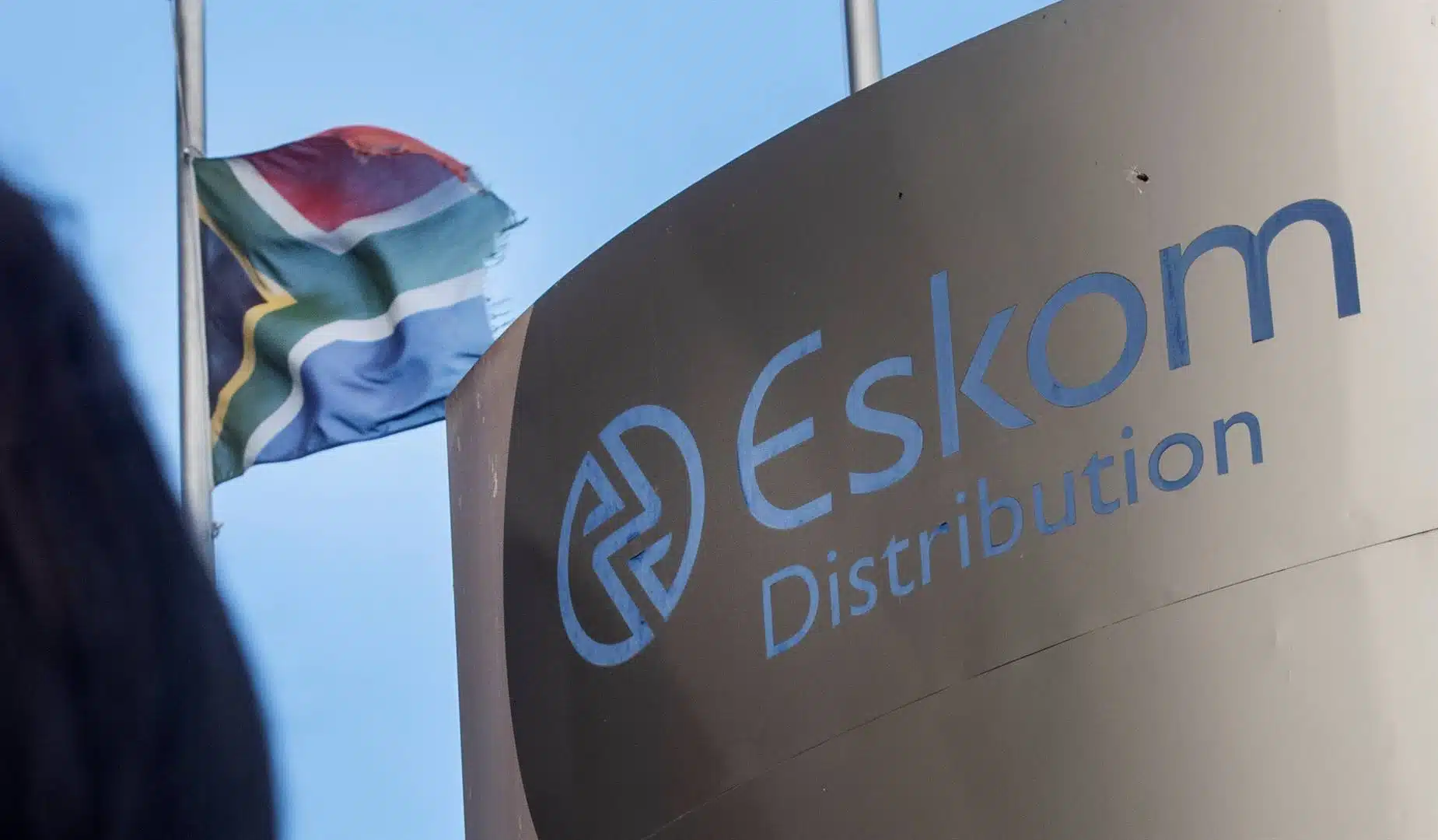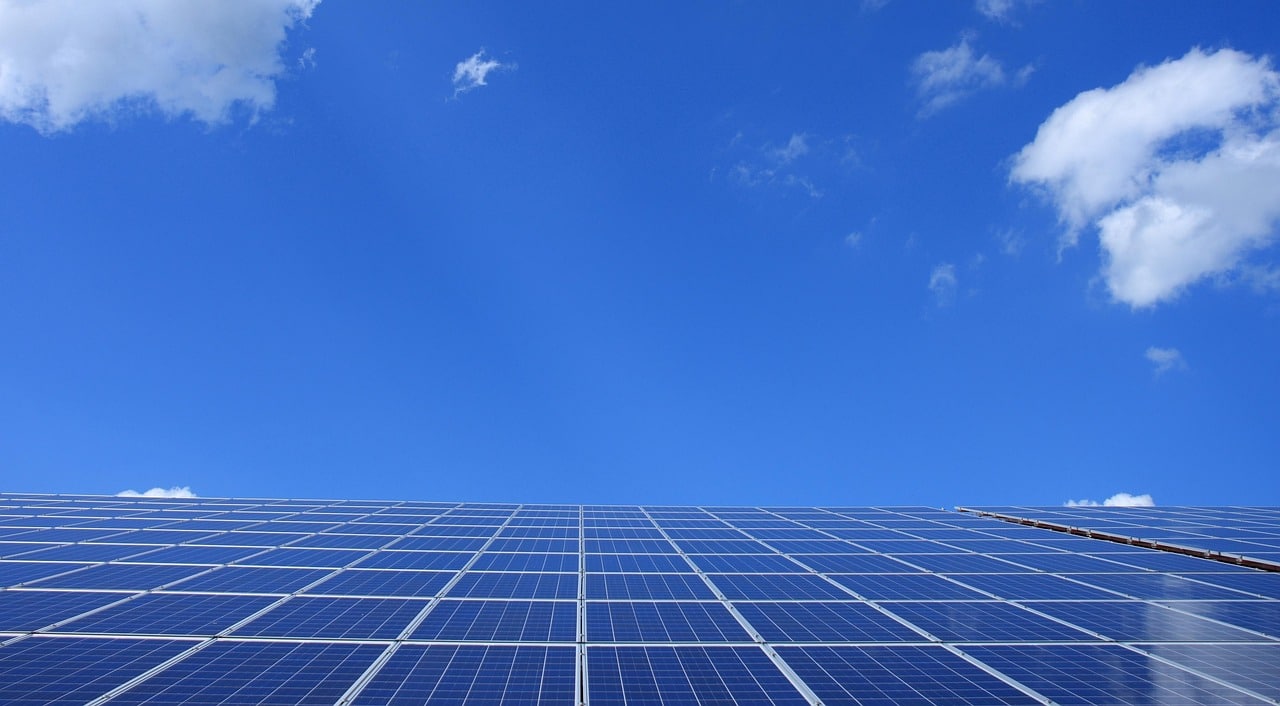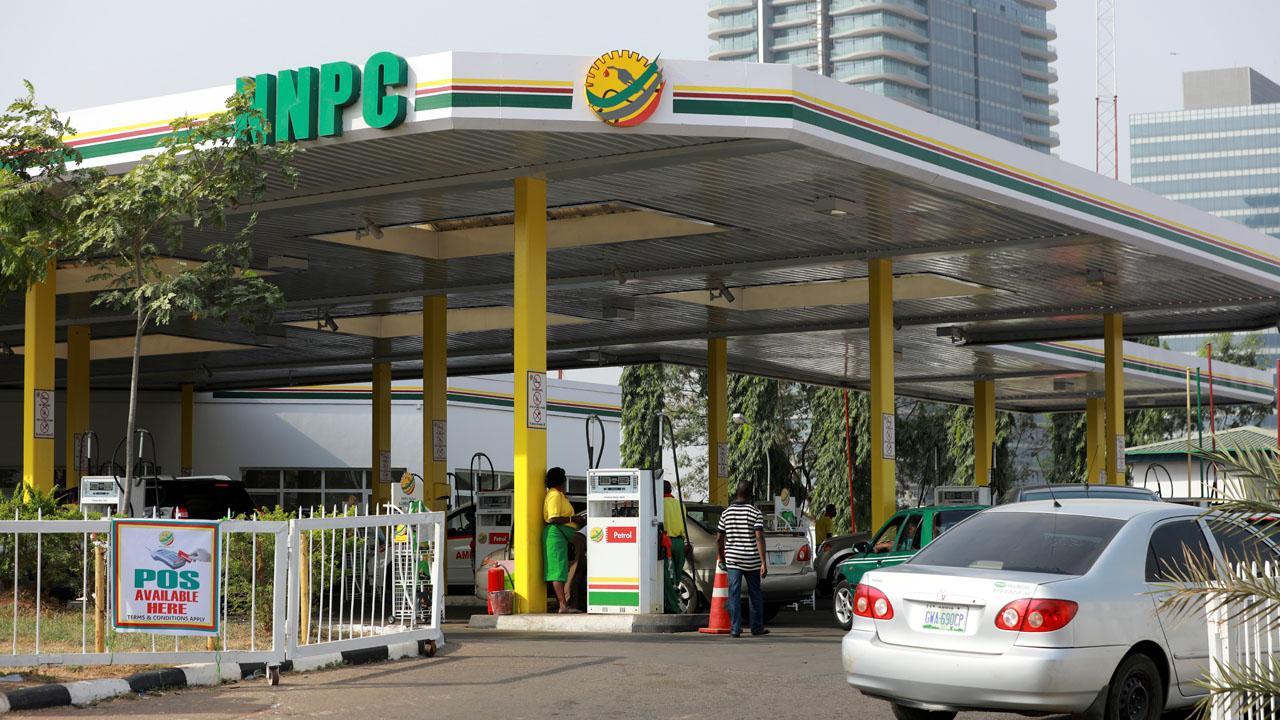South Africa’s state-owned utility, firm, Eskom has announced plans to end load reduction for 1.69 million customers by 2027 as part of its new Load Reduction Elimination Strategy.
The utility disclosed this in a statement on its official X (formerly Twitter) page.
The strategy was launched on September 25, 2025, by the Minister of Electricity and Energy, Dr. Kgosientsho Ramokgopa.
According to Eskom, more than 800,000 smart meters have already been installed. The utility plans to deploy a total of 6.2 million meters over the next three years.
For the 1.69 million customers currently affected, 577,000 meters are scheduled for installation by 2026, with the remaining meters to be installed by 2027.
“To date, over 800,000 meters have been installed, with 6.2 million planned over the next three years. This includes the 1.69 million customers affected by load reduction, with 577,000 meters to be installed by 2026 and the remaining meters (to reach 1.69 million) by 2027,” the statement read in part.
The utility added that smart meters support its Demand Management Programme, which allows real-time monitoring of consumption, reduces peak-period pressure, and improves overall network efficiency.
Why this matters
According to Eskom, the strategy is expected to cut localised power interruptions caused by network overloading and forms part of a wider upgrade of South Africa’s distribution grid.
The utility said the plan is built around three interventions: a national rollout of smart meters, refurbishment of overloaded infrastructure, and the deployment of decentralised power solutions.
It added that about 250 distributed energy resource sites including solar-powered microgrids will be introduced over the next five years to ease pressure on stressed networks in high-demand or remote communities.
Eskom reported that most load-reduction incidents are concentrated in four provinces, driven by illegal connections, meter tampering and equipment overload.
It said load reduction remains in place in affected areas to protect transformers and substations while the new measures are implemented.
The way forward
Eskom said the ongoing meter rollout, network rehabilitation and decentralised energy initiatives are scheduled for completion by 2027, forming part of its long-term plan to stabilise supply in affected communities.
According to the utility, the success of these interventions will also depend on continued cooperation from residents, including following electricity usage guidelines and support for loss-reduction efforts.
Eskom noted that sustained compliance is necessary to fully phase out load reduction in high-risk areas.










